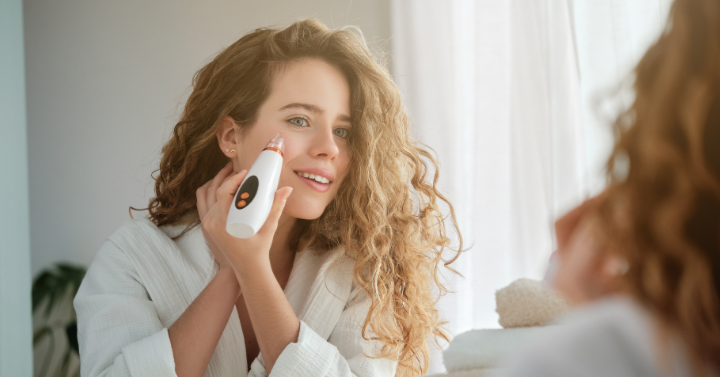Topping nearly $1 billion in manufacture sales in 2023 in the United States, the at-home beauty devices market is highly dynamic, offering a wide range of innovative options aimed at enhancing skin health and appearance. From deep cleansing brushes to cutting-edge LED light therapy, consumers now have more options than ever to address their unique skin concerns.
According to our recent analysis, the United States is one of the largest markets for at-home skin care devices market. It is also the most fragmented market, driven by consumers sharing their experiences on social media platforms such as TikTok, which has further accelerated growth and the emergence of new brands. LED devices represent the forefront of technology, standing out for their versatility in addressing various skin issues, from acne to aging.
Top Players in the United States
Foreo offers a diverse portfolio of products that are targeting various skin care concerns and incorporating advanced technologies. The company prioritizes establishing diverse distribution partnerships, implementing an affiliate program, and enlisting ambassadors to create educational content.
Key New Launches:
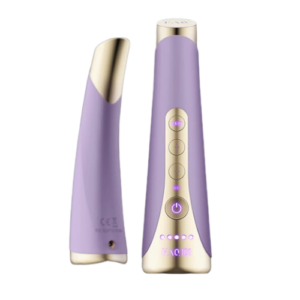
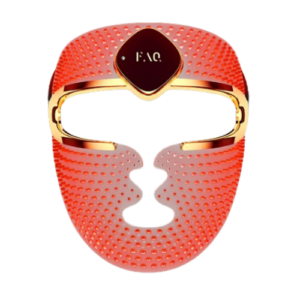
Solawave is mainly targeting the direct-to-consumer (DTC) channel, while also partnering with Amazon, Ulta, and Macy’s. Solawave is promoting its products alongside skin care items that complement their devices, aiming to encourage repeat purchases.
Key New Launches:
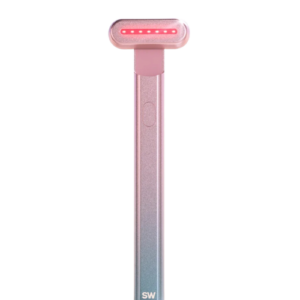
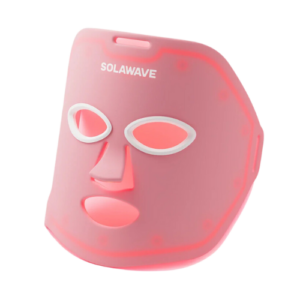
Omnilux focuses on LED technology while emphasizing the promotion of clinical studies to demonstrate results and gain trust from dermatologists and aesthetic experts, which aids in its marketing efforts.
Key New Launches:
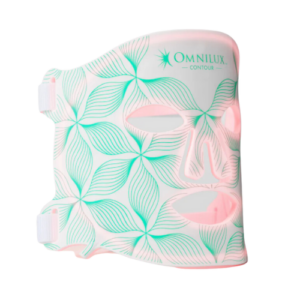
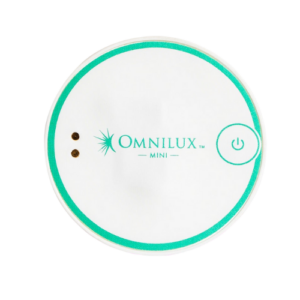
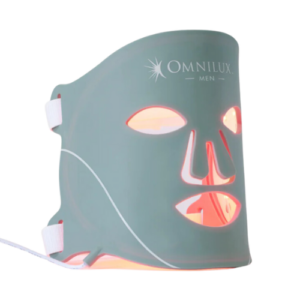
Skin care devices are predominantly distributed online, though premium-priced items, such as those from Dr. Dennis Gross, are increasingly finding shelf space in high-end retailers such as Nordstrom, Neiman Marcus, and Bloomingdale’s. In contrast, mid-tier and entry-level priced products continue to be prevalent in online marketplaces.
Beyond the U.S. market, China leads the way in terms of technological advancements, boasting many top market-share holders that are native brands known for their multi-technology devices. Unlike the United States and Europe, which do not have regulations in this area, China maintains stricter oversight and has recently introduced new regulations specifically targeting radio frequency technologies.
How is the rising popularity of beauty devices impacting the traditional skin care market? What strategies are marketers employing to stand out in a crowded market? Besides the red light therapy, which technologies are gaining steam and why? How is demand varying by key market? Find answers to these questions and more by accessing Kline + Company’s full analysis of this market.
Want beauty and wellbeing industry updates, expert analysis, insider tips, and webinar invites in your inbox? Click here to sign up for the Kline newsletter.
